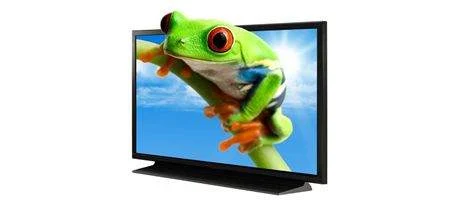A new report has shed light on the way in which 3D viewing may cause eyestrain and headaches.

Several studies – as well as anecdotal evidence – have indicated that 3D phones and other mobile devices are giving viewers headaches and nausea.
And according to a new Journal of Vision study, the cause could be the demand on our eyes to focus on the screen and simultaneously adjust to the distance of the content, a phenomenon known as vergence-accommodation.
“When watching stereo 3D displays, the eyes must focus — that is, accommodate — to the distance of the screen because that’s where the light comes from,” says says Martin Banks, professor of optometry and vision science at the University of California, Berkeley.
“At the same time, the eyes must converge to the distance of the stereo content, which may be in front of or behind the screen.”
Through a series of experiments on 24 adults, the research team observed the interaction between the viewing distance and the direction of the conflict, examining whether placing the content in front of or behind the screen affects viewer discomfort.
They found that with devices like mobile phones and desktop displays, which are from a short distance, stereo content that appeared in front of the screen was less comfortable than content placed behind.
Conversely, when viewing from a greater distance – such as in a movie theater – stereo content placed behind the screen — was less comfortable.
“Discomfort associated with viewing Stereo 3D is a major problem that may limit the use of technology,” says Banks. “We hope that our findings will inspire more research in this area.”
The team suggests that future studies should focus on a larger sample – and, in particular, should include children. They also call for guidelines on what should be displayed, and where viewers should be positioned relative to the display.
“This is an area of research where basic science meets application – and we hope that the science can proceed quickly enough to keep up with the increasingly widespread use of the technology,” says Banks.






